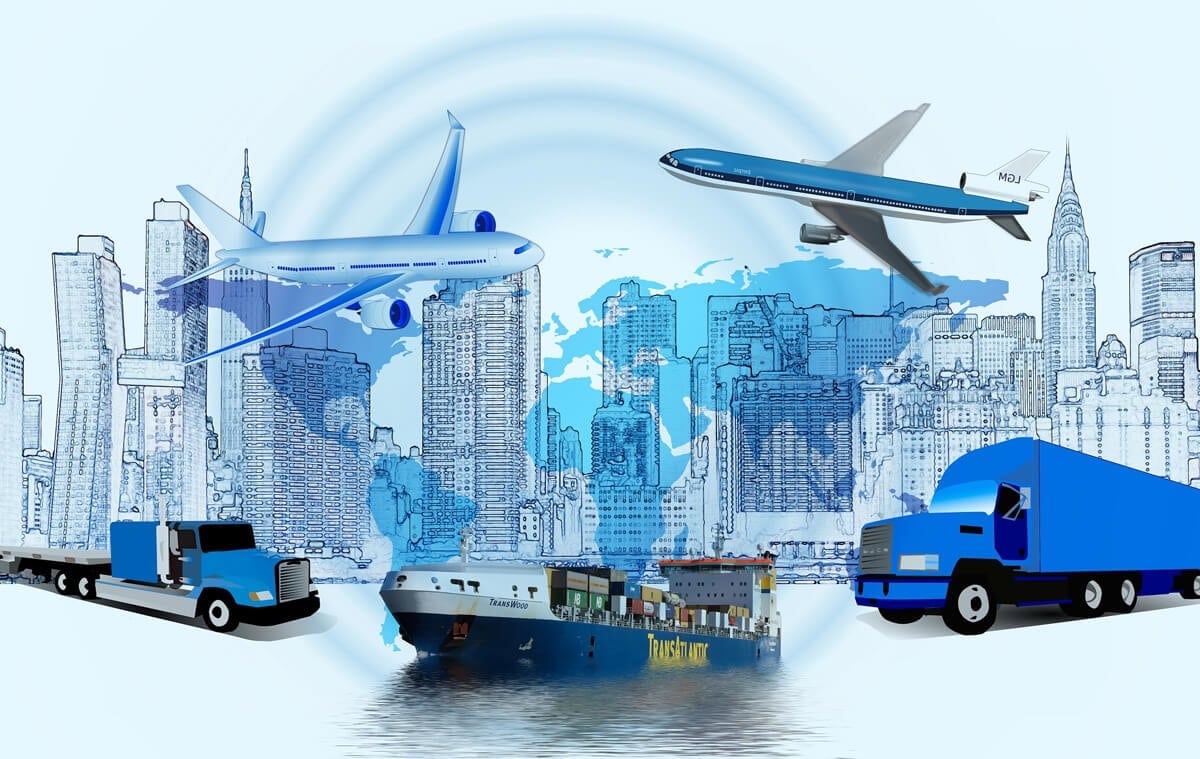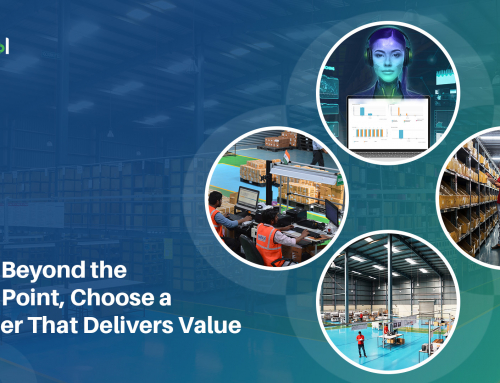The Latest Digital Trends Shaping the Future of Delivery & Logistics
Digital transformation has dramatically increased efficiency throughout the day-to-day operations of countless industries. Repetitive tasks can be automated, information can be shared very rapidly, and workers can get things done at any time (and from almost anywhere). The Indian economy has done an excellent job of taking advantage in recent years, using digitization to make significant strides in the World Bank’s Ease of Doing Business Index — and being the only big economy to feature in the 10 most improved over the last 2 years.
Even so, there’s still so much more room to improve, particularly in certain fields. One such field is freight logistics. When you’re working on a regular office task that takes a few minutes, you can only realistically save a small amount of time through efficiency improvements — that time will add up, yes, but it won’t make a huge difference. But when you’re handling something as arduous as shipment and delivery (something that can take days, weeks, or even months to conclude), data-driven efficiency can radically alter your capability.
If you work in logistics, then, you need to stay on top of the latest development’s, so you can stand ready to implement them — particularly in India, where all the resources to compete with Western suppliers are in place and just need to be used correctly. To that end, let’s run through a few of the digital trends that are already proving impactful:
Machine learning
Artificial intelligence is a very broad category with a lot of theoretical applications that aren’t yet ready for the mainstream, but machine learning (the most basic implementation of AI tech) is already making a big difference in the shipping world. Machine learning algorithms are designed to be reactive to circumstances — they don’t really learn, but they adapt to feedback, automatically adjusting to optimize the results.
Machine learning, then, is a potent weapon for almost every part of freight logistics. Sourcing packaging, producing labels, planning routes, yielding optimal fuel economy… a supply line driven by machine learning algorithms could steadily increase in efficiency over time, with the workers only needing to carry out the suggested improvements.
Such algorithms can even carry out visual product inspections, meaning that they could — given enough improvement — be smart enough to automatically flag up damaged products before they continue along the chain. Overall, machine learning is a perfect fit for the Make in India movement: innovation is called for, and this is what it looks like.
Warehouse distribution
Amazon, the largest e-commerce retailer in the world, already offers its Amazon Fulfilment service to allow third-party sellers to store and ship their items without paying for dedicated warehouse space. In addition, Shopify, a global e-commerce host with multi-channel capabilities, just announced that it plans to join Amazon in offering a dedicated distribution network using an array of AI-enhanced fulfilment centers to lower costs and reduce delivery times.
This is an extension of the efficient SaaS model that has changed the digital industry. Just as cloud computing allows small businesses to use processing services they could never afford to buy, these warehouse distribution networks allow sellers to ship much more rapidly with significantly less hassle.
It’ll be intriguing to see which company is next to set up a network — the more competition appears, the better it will be for the average seller. An Indian-sourced company would prove an interesting addition. With the logistics sector growing at a rapid pace, it could add to the technological momentum, and spur further job creation to add to the existing demand for supply chain workers led by Amazon India.
The rise of the IoT
The IoT (or internet of things) has been technologically feasible for quite some time, and the main holdup is a complicated mixture of security concerns and legal worries. In a post-GDPR world, there are plenty of reasons to have second thoughts about anything that threatens to expose private data, and a home riddled with IoT devices would produce a vast quantity of potentially-sensitive data that could easily be exploited.
In the shipping world, though, a sufficiently-large company can maintain a much tighter stranglehold on its internal security (plus invest heavily in developing its own devices), making it completely viable to use IoT-enhanced supply chains today. IoT enhanced-packaging can maintain a strict record of where a product has been, making it much easier for machine learning systems to pick out small inefficiencies — it can also store a strict verification record, making it possible to transport high-value items without needing to be so concerned about them being intercepted and swapped with fakes.
While there are other (more minor) digital trends that are relevant in the shipping world, these three are having the most impact on the future of the industry. Indian and India-based suppliers need to be fully aware of them and stand ready to make suitable changes — or risk falling behind.
Author Bio-
Kayleigh Alexandra
MicroStartups is a business community that celebrates inspiring startups, small businesses, and entrepreneurs. Whether you’re a solopreneur or a startup making your way in the business world, we’re here to help. For the latest news, inspiring stories, and actionable advice.
For more information contact us at- [email protected]









